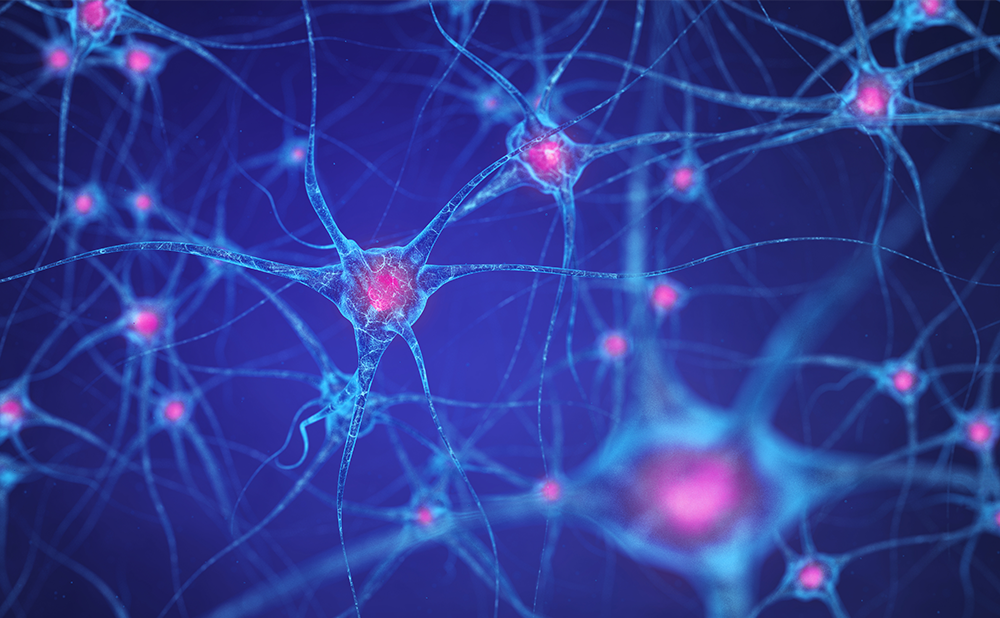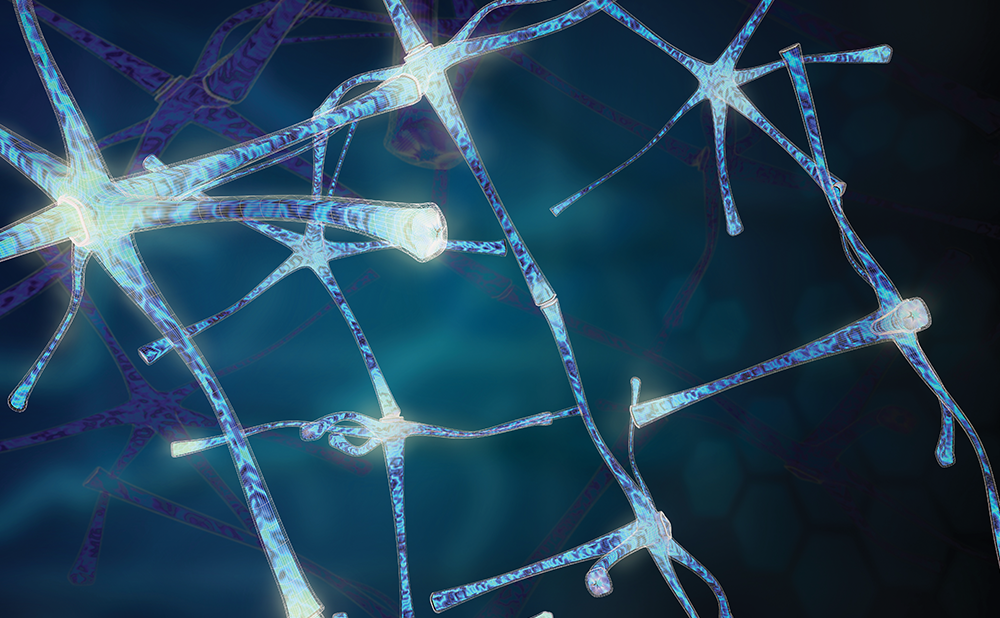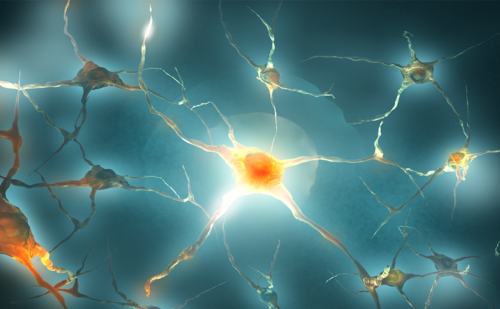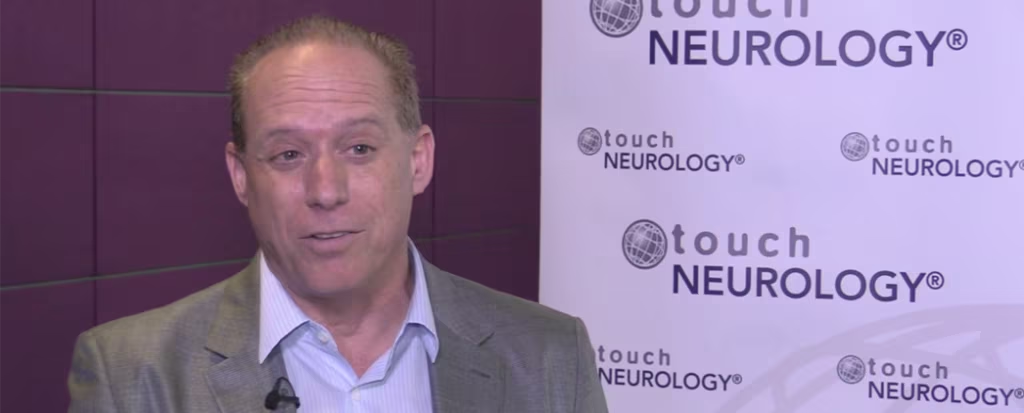Search Results
Showing Results for subcutaneous levodopa

Emerging data at EAN 2025 reveals key innovations across multiple neurological disease areas. In this article, you will learn:

At EAN 2025, Prof. K. Ray Chaudhuri shares insights into cutting-edge Parkinson's drug delivery methods, the future of biomarker-driven care, advances in managing sleep disturbances, and the vital role of lifestyle modifications in optimizing patient outcomes.

The Food and Drug Administration (FDA) has approved ONAPGO™ (apomorphine hydrochloride) sublingual film for the treatment of “off” episodes in Parkinson’s disease (PD), providing patients with a new, on-demand therapy to rapidly alleviate motor symptoms when standard medications wear off.

Explore ground-breaking advancements in the treatment of movement disorders in this insightful interview with Prof. K. Ray Chaudhuri, who shares his key takeaways from the 10th Congress of the European Academy of Neurology meeting in Helsinki. He discusses promising new therapies, personalized care approaches, and significant research on the staging of Parkinson's. Additionally, Prof. Chaudhuri emphasizes the importance of holistic treatment, stepped-care strategies, remote management, and the potential of wearable technology in improving patient outcomes, bringing his wealth of knowledge and insights to touchNEUROLOGY

Welcome to the latest edition of touchREVIEWS in Neurology. We are excited to present a collection of articles that showcase the latest advancements and diverse perspectives in neurological research and treatment. This issue features insightful reviews and editorials from esteemed ...

Parkinson’s disease (PD) is a chronic progressive neurodegenerative disorder characterized by the degeneration of nigrostriatal dopaminergic neurons, with its incidence increasing globally.1 With disease progression, the benefit from medications shortens, and symptom control becomes strictly dependent on peripheral levodopa (...

Phenomenology and clinical significance of OFF episodes in Parkinson’s disease Werner Poewe Department of Neurology, Innsbruck Medical University, Innsbruck, Austria The emergence of OFF episodes in Parkinson's disease (PD) marks the transition from the so-called ‘honeymoon’ period of good ...

The burdens of Parkinson’s disease (PD) are undeniably serious and increasing while various unmet needs remain, especially the absence of disease-modifying therapies and the difficulty of finding new treatments that are effective in patients.1–7 Although this seems a discouraging ...

Optimising the effect of dopaminergic treatment in Parkinson’s disease Presented by: Werner Poewe Department of Neurology, Medical University of Innsbruck, Austria In considering dopaminergic treatment of Parkinson’s disease (PD), one must consider dopaminergic drug targets, effect sizes of ...

Introduction Safinamide is an innovative therapeutic option in Parkinson’s disease (PD), with a unique dual mode of action that goes beyond dopaminergic pathways.1 Its mechanisms of action include monoamine oxidase-B (MAO-B) and dopamine reuptake inhibition, activity-dependent sodium-channel inhibition, and ...

Introduction Andrew Lees The National Hospital for Neurology and Neurosurgery and Reta Lila Weston Institute of Neurological Studies, Institute of Neurology, University College London, London, UK Professor Lees introduced the symposium by highlighting that there had been several significant landmark ...

Professor Trenkwalder considered that the challenge of how to enhance outcomes for patients was a key focus of clinical care for all clinicians who treated patients with Parkinson’s disease (PD). However, despite receiving multiple medications, many patients with PD ...

Parkinson’s disease (PD) is a progressive neurodegenerative disorder, with a prevalence that increases with age: 41 in 100,000 in the age group 40–49, rising to 1,903 in 100,000 in those aged over 80 years.1 PD is characterised by striatal dopamine deficiency resulting from progressive degeneration ...

Restless legs syndrome (RLS), or Willis–Ekbom disease (WED), is a sensorimotor disorder having well-known standardised diagnostic criteria1 that have been revised recently by the International Restless Legs Syndrome Study Group.2 The genetic basis of RLS has not been definitively ...

Restless legs syndrome (RLS), or Willis–Ekbom disease (WED), is a sensorimotor disorder having well-known standardised diagnostic criteria1 that have been revised recently by the International Restless Legs Syndrome Study Group.2 The genetic basis of RLS has not been definitively ...
Latest articles videos and clinical updates - straight to your inbox
Log into your Touch Account
Earn and track your CME credits on the go, save articles for later, and follow the latest congress coverage.
Register now for FREE Access
Register for free to hear about the latest expert-led education, peer-reviewed articles, conference highlights, and innovative CME activities.
Sign up with an Email
Or use a Social Account.
This Functionality is for
Members Only
Explore the latest in medical education and stay current in your field. Create a free account to track your learning.



